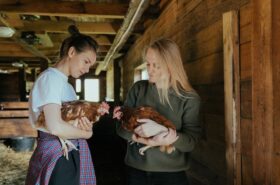Studies by World Bank show that agriculture is responsible for over 4% of the world’s GDP, and in some developing countries, it is responsible for over 25% of their entire GDP. China alone feeds around 22% of the world population, with just 7% of the arable land. They managed to achieve this by leveraging technological advancements to boost productivity in their agricultural sector.

The other major producers of agricultural products, including the USA, Brazil, and Russia, have also massively invested in agrotechnology. When used right, technology can significantly boost productivity in agriculture. In this article, we will look at how different technologies are being used to improve the state of agriculture in the world.
How Technology Exponentially Increases Productivity in the Agricultural Sector
Remote monitoring livestock with IoT sensors
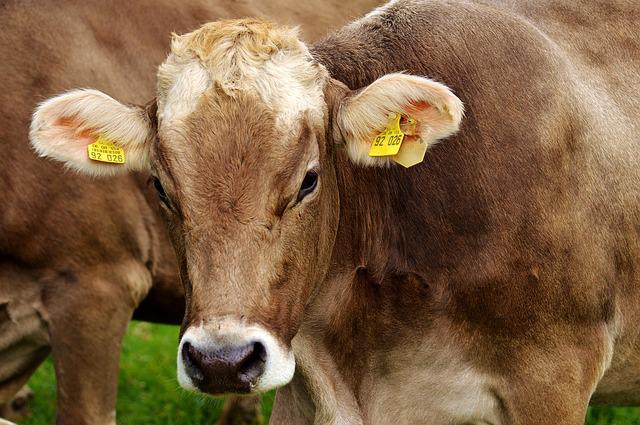

Internet of Things (IoT) is one of the breakthrough technologies that is helping livestock farmers to monitor their animals wherever they are. These sensors can be attached to animals to capture data, including sweat constituents, body temperature, behavior and movement, stress levels and sound, pH, and presence of viruses and pathogens. The data collected by these sensors is sent to the cloud and can be used to make various decisions.
Most animal remote monitoring platforms have mobile apps that farmers can install on their phones to get access to this data. Most importantly, these apps can use this data to provide valuable insights such as the animal’s health condition. This allows farmers to know the animals that need the attention of a VET doctor.
Most IoT sensors use batteries that can power them for long periods, so you won’t have to replace batteries every now and then. These sensors have also become affordable in the last couple of years. If you purchase at scale, it is possible to get each sensor for as low as $10, making it a viable investment for both small and large-scale farmers.
Precision farming
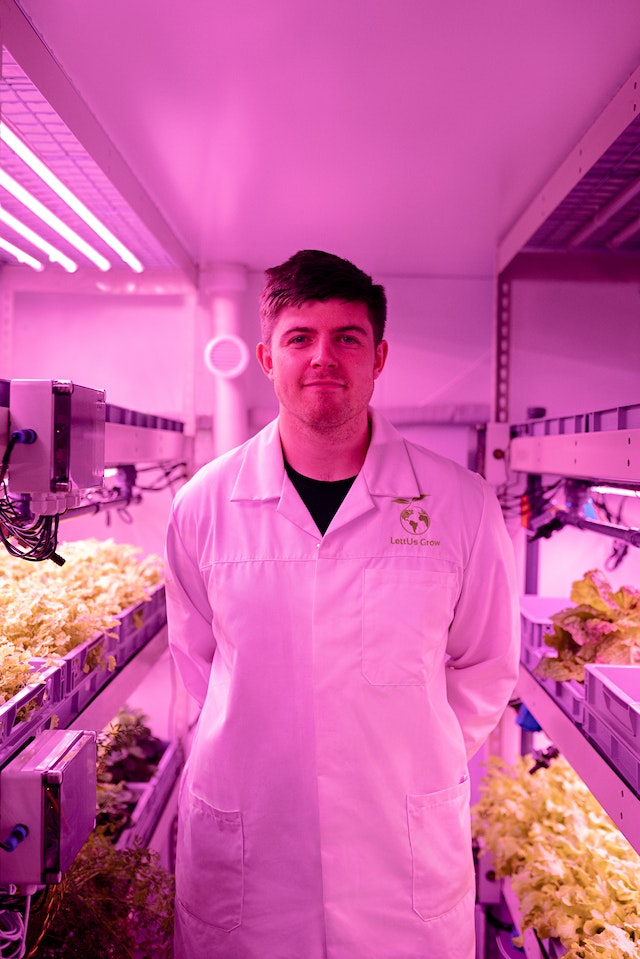

This involves using sensors to monitor the real-time conditions of the soil and the entire farming environment. Some of the data that these sensors collect include lighting, temperature, soil condition, humidity, CO2 levels, and pest infections. This data makes it easier to determine the amount of water, fertilizers, and pesticides your plants need to grow well.
This significantly reduces the chances of incurring unnecessary expenses on farming consumables such as pesticides and fertilizers that may not be required in certain situations. Companies like CropX are building IoT sensors that measure soil moisture, temperature, and electric conductivity to enable farmers to make informed decisions.
Having detailed information about your farm’s environment can also help you determine the most appropriate crops to grow in certain areas without making many artificial modifications. We all know that different crops thrive in different farming conditions. Having data about these conditions can help you decide the most appropriate crops you will grow without incurring lots of costs on things like fertilizers and irrigation.
Agricultural drones
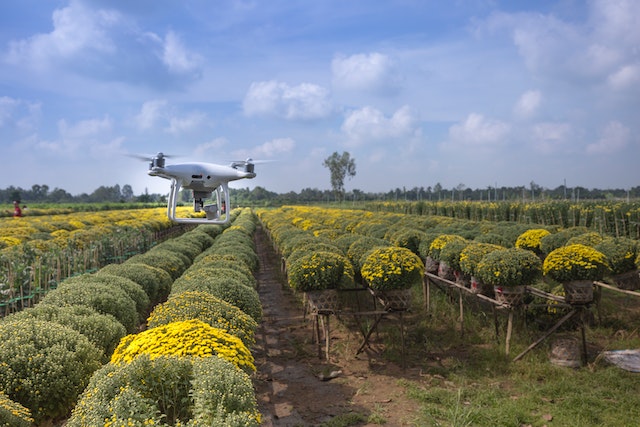

Drones, also known as unmanned aerial vehicles, are being used to do several agricultural tasks more efficiently than humans. Some of the functions that can be done by drones include farm surveillance, planting crops, fighting pests and infections, agriculture spraying, crop monitoring, and more.
For more efficiency, it is best to determine the most appropriate operations that can be done by drones and those that can be done by other technology tools such as tractors. For instance, a drone would be ideal for tasks such as spraying but may not do a good job at planting certain plants.
The farmer has to do their independent analysis to determine the most appropriate tool for doing each task. This will save them the time and money they would otherwise spend using the less appropriate equipment for the task.
Laser land leveling
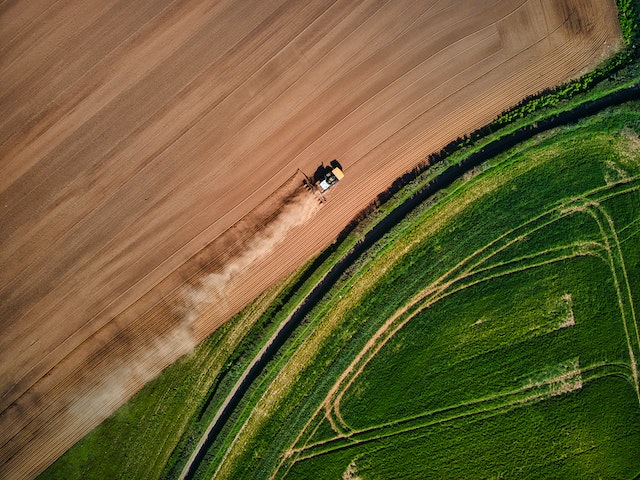

For those who may not know, laser leveling refers to a more advanced technique of smoothing the land surface of your farmland from its average height with a certain degree of the desired slope using a guided laser beam throughout the field. There are several benefits that come with having a leveled field for growing crops.
One of the common benefits of laser land leveling is the reduction in irrigation costs. When well-implemented, laser land leveling can reduce the water required for irrigation by up to 35%. It can also reduce the farm operation time by about 10%. All of these lead to fewer operational costs, hence increasing the farmer’s profit margin.
It should also be noted that the full benefits of laser land leveling are mainly enjoyed by large-scale farmers whose farms cover large areas. Using laser machines also requires some technical skills. So, farmers may have to be trained or hire someone that already has the skill of operating these machines.
Weather forecasting
Weather forecasting is one of the most important use cases of technology in the agricultural sector. Technologies such as AI are used to simulate future weather conditions to help farmers make better farming decisions. For example, if you are implementing strategies such as irrigation on your farm, it is important to know when it is appropriate.
It wouldn’t make sense to irrigate crops on your farm just before a couple of rainy days. With the current technology, it is possible to accurately predict the weather conditions for at least the next seven days. This gives farmers enough headroom to plan their farming activities.
The good news is that farmers don’t need to buy expensive equipment to monitor the weather conditions of their farms. It is now possible to monitor the weather in your local area using a weather app on your smartphone. All you need is just an internet connection.
Biotechnology


With biotechnology, plants can be genetically engineered to improve certain aspects of their survival and growth. One of the practical use cases of biotechnology is improving the plant’s ability to fight against pests and other insects that could affect its growth and survival. Having more resistant plants can reduce certain operational costs, such as spraying herbicides and pesticides. Ultimately, this also eliminates the side effects caused by the chemicals used to spray plants. Biotechnology can also be used to boost the growth speed of crops.
Having seeds or seedlings that grow faster significantly lowers the operations costs on the typical farm tasks such as weeding, irrigation, and more. It also increases your annual farm output since it gives you room to grow the same crop several times within the year.
Selling agricultural products on eCommerce sites


eCommerce giants in China, including Alibaba, JD.com and PinDuoDuo, have encouraged and trained farmers on how to sell their products on these platforms. One of the challenges that farmers face is finding good prices for their agricultural products. With eCommerce, farmers can now reach bigger markets that offer way better prices than buyers in their local markets.
The good news is that accessing these eCommerce sites is now cheaper and easier than ever, thanks to the emergency of affordable smartphones and access to the internet. All one needs is to take photos of their farm products and publish them on an eCommerce site used by people in their home area.
With eCommerce, it is also easier for farmers to know the pricing of similar products, enabling them to build an effective pricing strategy than the competition.
Autonomous agriculture vehicles
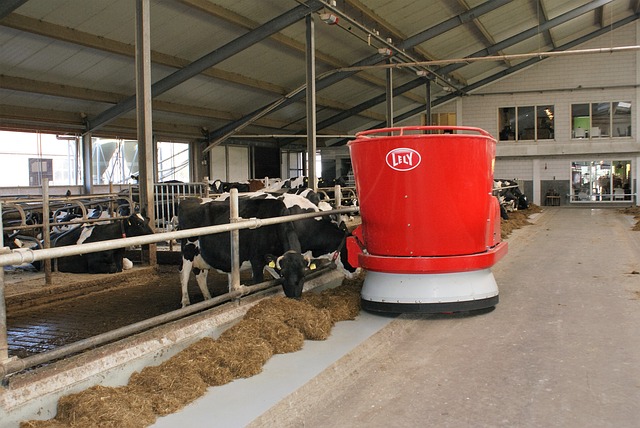

With driverless farm vehicles, farmers will no longer have to drive or hire a tractor driver. These vehicles use computer vision and machine learning to navigate through the various obstacles of the farm while doing tasks such as planting seeds or moving things around within the farm area.
The adoption of driverless farm vehicles is still in its early stages, thanks to the complexity of autonomous technology that makes these vehicles extremely expensive. However, a significant number of farm tractors released in the last couple of years are semi-autonomous. These tractors minimize the number of tasks the driver has to do while doing farm operations, such as planting seeds.
Once autonomous farm vehicles become mainstream, farmers will be able to do specific tasks remotely. It will also significantly lower the labor costs, increasing profit margins when selling agricultural products.
Online farming courses and training
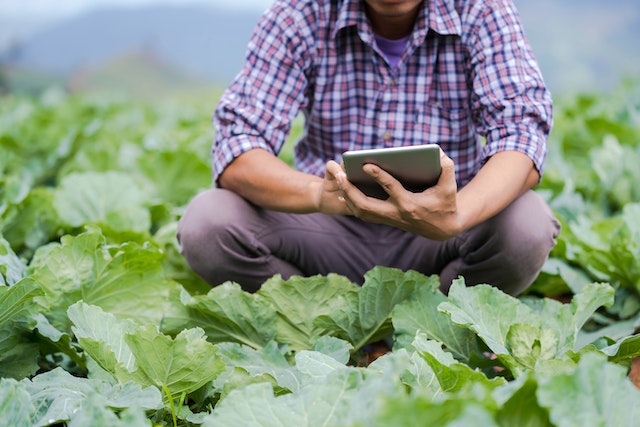

Farmers can now get access to the latest information about best agricultural practices right from their mobile devices or computers. There are several online courses about farming that enable farmers to learn about the latest agricultural practices that they can use to boost their productivity. Farmers can also get free access to some of these courses on YouTube and Skillshare.
Besides farming courses, the internet also gives farms real-time access to any information that they would like to know about agriculture in general. This may include information about the market prices for the different crops or the best strategies for doing specific farming tasks. Real-time access to information helps farmers to make better decisions.
Challenges of implementing technology in agriculture


It requires training farmers.
Most farmers, especially those in developing countries, are still ignorant about the role of technology in agriculture. This requires the responsible stakeholders, including governments and NGOs, to invest in educating farmers about the benefits of using technology in farming and how best to implement it on their farms.
The initial investment costs are high.
Implementing certain technologies such as autonomous and semi-autonomous vehicles is very expensive for ordinary farmers. Despite the long-term benefits, farmers are still reluctant to invest in these technologies because of the initial investment costs. Autonomous farm vehicles cost an average of $74,000, which is almost three times more expensive than the manual options.
If you are operating a small-scale farm, this cost will honestly not make sense to you. It is only the large-scale farms that are willing to invest tens of thousands of dollars in such equipment.
Internet connectivity is still limited.
Farms are typically located in rural areas that most internet service providers don’t prioritize when deploying their infrastructure. Most of the time, farm areas will either have no internet at all or slow connectivity. This limits the farmers’ ability to leverage technologies that require access to the internet.
That is why companies like SpaceX are investing in Satellite internet. Satellite internet will be essential for farmers who want to use technologies that require a full-time connection to the internet.
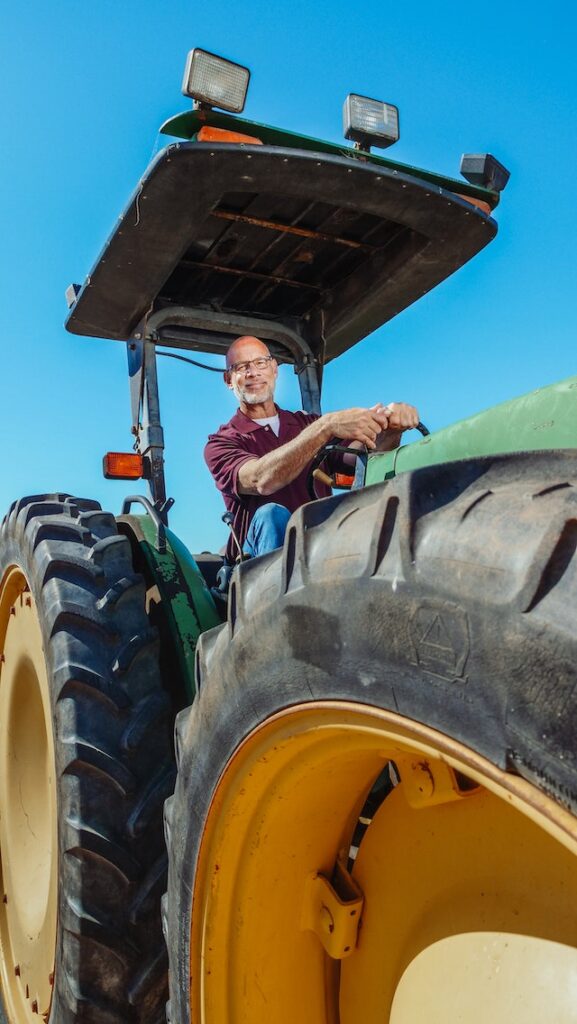

Conspiracy theories about technology
There have been conspiracy theories about technologies like 5G, which could affect how farmers adopt the technology. The relevant stakeholders need to educate farmers about how these technologies work to limit the impact created by conspiracy theories.


Privacy concerns
There are some farmers that may not use some technological solutions because they are not sure how the people behind these tools will use their data. It is the role of the companies building tech tools for the farmers to let them know what data is being collected and how they intend to use it. They should also give farmers the option of not sharing some of their sensitive data if they don’t wish to.
Fragmented farmlands
Using equipment such as driverless farm vehicles is more effective on large farms. However, if the farmlands are fragmented, the cost of using such equipment increases significantly. This is a common issue in densely populated areas where it is almost impossible to acquire large pieces of land.
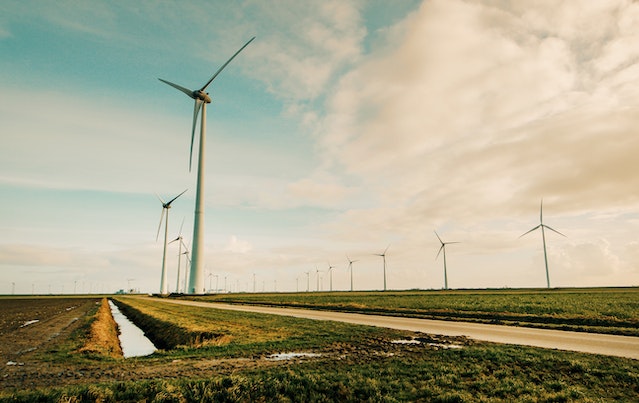

Final thoughts
Technology is very crucial to boosting productivity in the agricultural sector. The ability to automate certain farm operations and real-time access to useful information can lower operational costs and also enable farmers to do more in less time. However, there are several challenges relevant stakeholders need to address to enhance the adaptation rate of technology in the agricultural sector.



